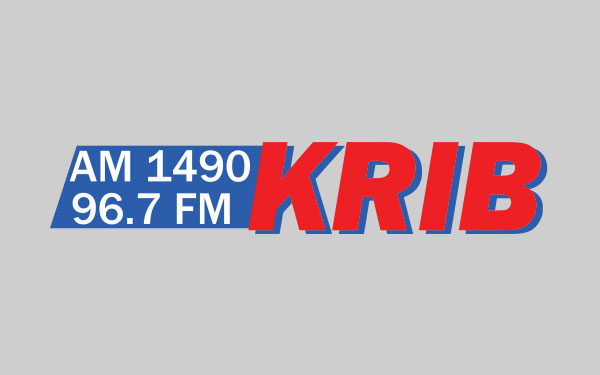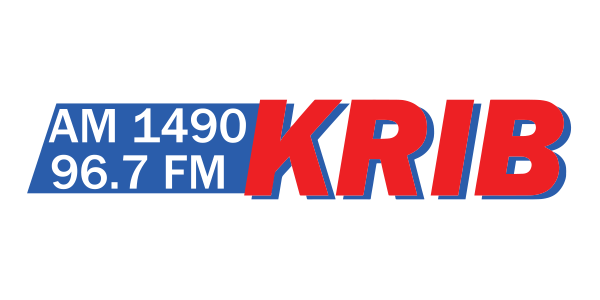Final comment period open on MidAmerican plan to prevent bat and eagle deaths

DES MOINES — The U.S. Fish and Wildlife Service is entering the final phase in approving a plan for MidAmerican Energy to help prevent the number of bats and eagles killed by its current and future wind farms.
Fish and Wildlife Service spokesman Kraig McPeek says the final plan is now available for public comment following an earlier public hearing. “We’ve taken those comments that we received form that public commenting period last spring — incorporated changes edits and updates into the document — and now it’s going back out for a final 30-day review for the public,” McPeek says.
McPeeks says there were around 100 comments in the spring. He says they could be grouped into categories that included overall displeasure with a permit that allows for the taking of bats and bald eagles, another category that was appreciative of the data-driven approach, and then comments on ways to improve the permitting process in the future.
The plan would issue a permit to allow for a limited number of deaths for four bat species and 10 turbine-related incidental bald eagle deaths each year. Bats covered by the permit include the federally endangered Indiana bat, the federally threatened northern long-eared bat, the non-endangered little brown bat and tri-colored bat.
McPeek says MidAmerican has agreed to take some measures that would cut down on the number of deaths of each species. “They’re going to feather their blades below their cut-in speeds where they being to produce electricity — that’s been proven to reduce impacts to bats,”McPeek says. “Working with land owners and county road commissions to be sure that road kill deer are not left — carcasses are not left where roadkill deer would bring them into contact with turbines.”
McPeek says the company has a set number of eagles and bats that can be killed and they will pay for habitat improvements designed to replace those animals. “They will mitigate to basically create areas for bats to breed and create more bats, and to protect and breed more bald eagles in the wild,” according to McPeek.
McPeek says there are still some things that are not known about the impact of wind turbines, but MidAmerican has taken a lot of time to analyze the information available to come up with the best plan. “They’ve spent almost five years now collecting information on their existing wind farms to inform this plan,” he says, “and we’ve combined that information with information from across the great Midwest. So, we do have nearly a decade of information to help us make these decisions.”
And he says if they find out that what they are doing is leading to more deaths then expected — they have to take more action. “There’s what we call an adaptive management strategy. And so the company will be monitoring annually to determine if the number of animals killed is was we had expected or if it was greater or lesser,” McPeek says. “And then we have adaptive management triggers in the plan if they do begin to exceed what the expected number of fatalities were — then they do need to take measures to bring that back down.”
McKeever says this is a little bit like the process when electric lines started going up and changes were made to keep animals from getting killed on them. He says the work continues on solutions. “This company and many other companies are working to keep bats away from insulation on power lines to keep bald eagles from being electrocuted. There’s some things that can be done to scare them away from wind farms,” McPeek says.
McPeek says you can view a copy of the plan online. Paper copies will be available at 22 county libraries in Iowa. A final order on the plan will be issued after the 30-day comment period.


